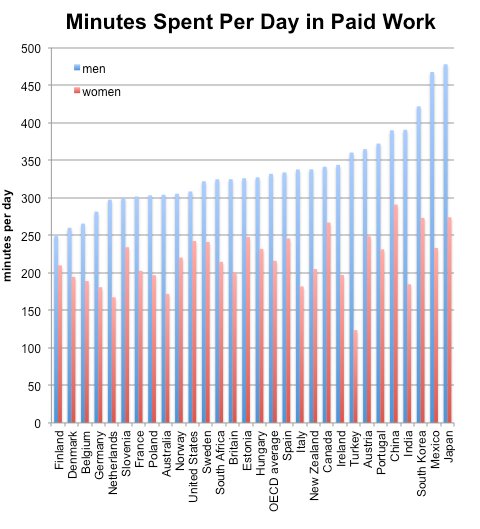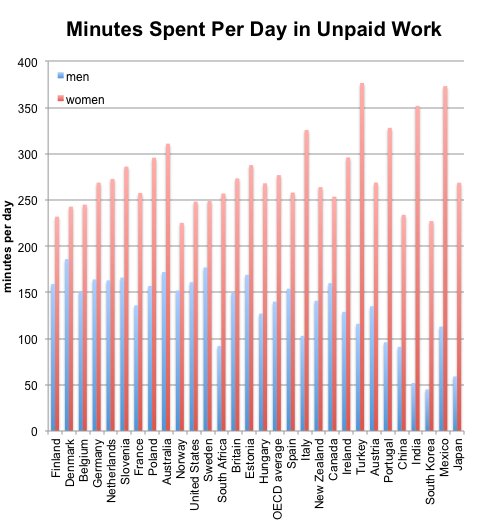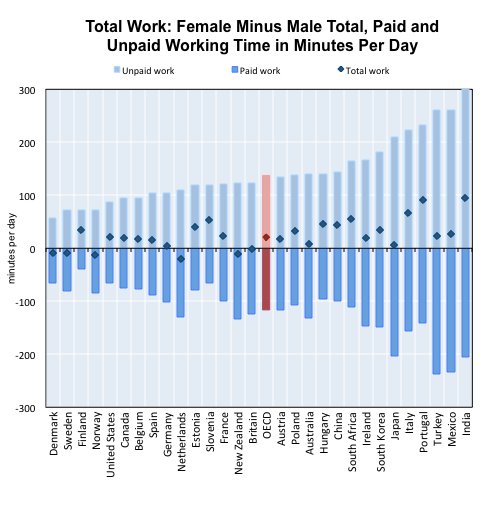WASHINGTON — Many major emerging economies have weakened since the spring, the International Monetary Fund said on Tuesday in the latest update to its economic forecasts, while advanced economies, including the United States and Europe, continue to trudge along with subpar growth and the euro area remains mired in recession.
The fund now expects the global economy to grow about 3.1 percent in 2013, the same rate as in 2012 and down from growth of 3.9 percent in 2011. That is 0.2 percentage points lower than the Washington-based fund forecast in April.
Olivier Blanchard, the fund’s chief economist, said in the periodic update that emerging economies were experiencing a “slowdown in underlying growth,” and the fund lowered its forecasts for China, India, Brazil, Mexico, South Africa and Russia, among other countries. “It’s clear that these countries are not going to grow at the same rate as they did before the crisis,” he said.
Given that emerging economies have in no small part powered the global recovery, their slowdown has a significant effect on the rest of the world, the fund said. For instance, Mr. Blanchard said, if growth in the so-called BRICS — Brazil, Russia, India, China and South Africa — were 2 percentage points slower than expected, a half-percentage point would be knocked off the United States’ growth rate. “It matters,” he said.
The fund said that the recession in the euro area had proved deeper than expected in recent months because of the persistent combination of tight credit conditions, low demand and government budget cutting. Next year, the fund’s forecasters expect growth to pick up in the 17 countries of the euro zone, but to a slower rate than previously thought — just 0.9 percent, down from about 1 percent as forecast in April.
The fund warned, as it has before, that the United States’ tax and spending policies were slowing its recovery. Private demand is improving as the turnaround in the housing market helps to repair households’ balance sheets and as the Federal Reserve continues its campaign to encourage investors to invest with accommodative monetary policy, the fund said. But tax increases and budget cuts were weighing on growth, it warned.
The fund cut its estimate of United States growth by 0.2 percentage points for both 2013 and 2014. It now sees the country’s economy growing 1.7 percent this year and 2.7 percent next year.
Japan is one bright spot in the global economy, the I.M.F. said. The country has been mired in stagnation and deflation for a decade. But since the beginning of the year, the government has been engaged in an athletic effort to spur the economy with aggressive asset purchases by the central bank and a jolt of government spending. The I.M.F. raised its estimate of the country’s current-year growth to 2 percent, up 0.5 percentage points from its April forecast.
Among emerging economies, different countries were suffering from different problems, the fund said. In some cases, infrastructure bottlenecks and other capacity constraints were stifling economic activity. In other cases, among big exporters like Russia, lower commodity prices were hurting growth.
Demand is weakening for goods from countries like Nigeria and South Africa, weighing down the whole sub-Saharan region, the fund said. And countries in the Middle East and North Africa continue to see disruptive political transitions, including violent ones.
The prospect of the Federal Reserve tapering its extraordinary asset-buying program — essentially taking its foot off the accelerator, if not putting it on the brakes — is sending shudders through the global economy, too. Financial markets have become more volatile and yields have increased in part because of uncertainty about the Fed’s policies, the fund said.
The rising yields “largely reflect a one-time repricing of risk,” it said. “However, if underlying vulnerabilities lead to additional portfolio shifts, further yield increases and continued higher volatility, the result could be sustained capital flow reversals and lower growth in emerging economies.”
The World Bank, the I.M.F.’s sister institution, has noted that businesses and governments in many lower-income developing economies have engaged in huge infrastructure projects financed with rates pushed down by the Fed. As interest rates rise, it has warned, some of those projects might fail — revealing financial bubbles and causing economic turbulence in the coming months.

Article source: http://www.nytimes.com/2013/07/10/business/economy/imf-trims-global-forecast-as-emerging-markets-lag.html?partner=rss&emc=rss








